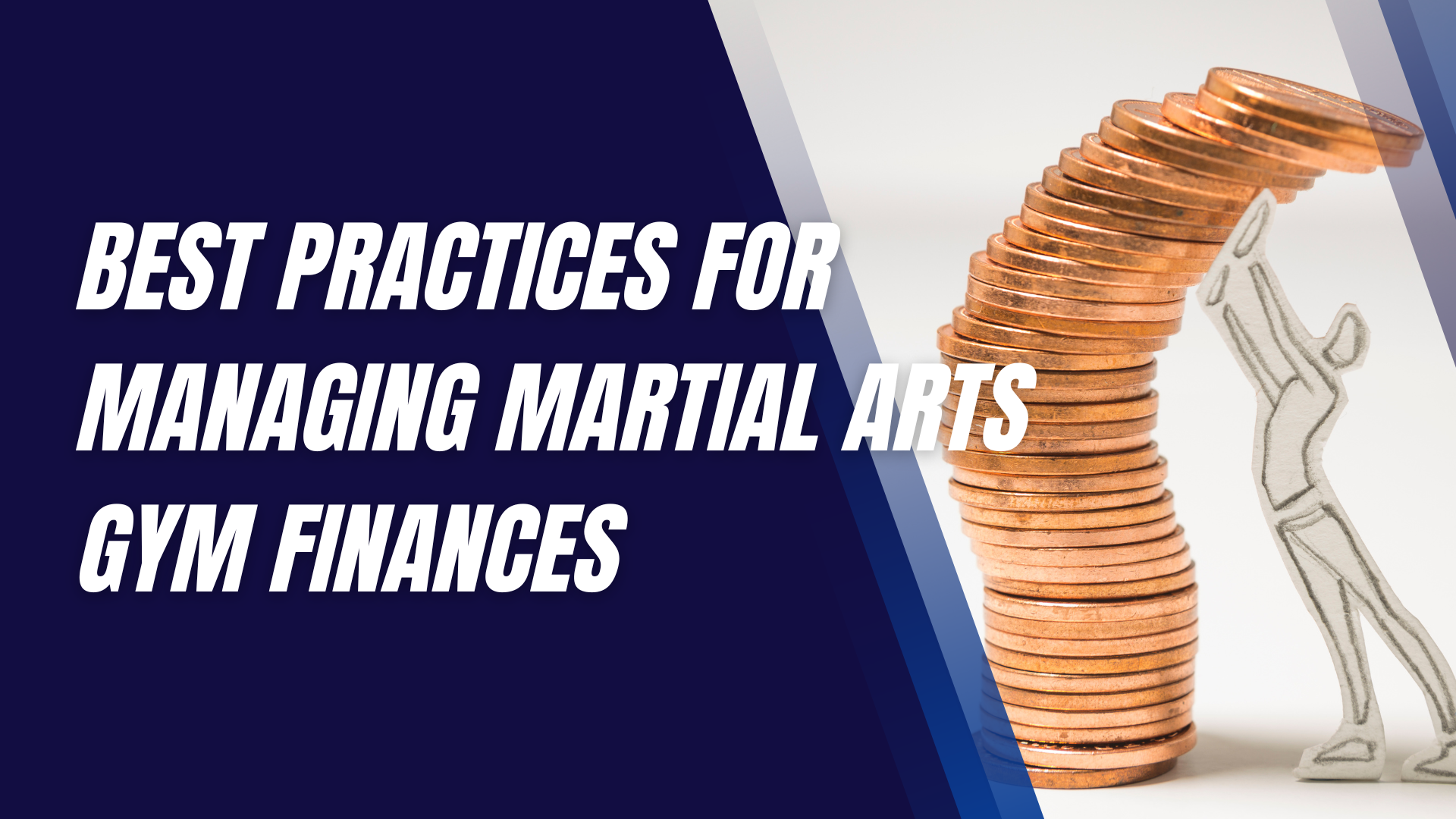The Role of Plyometrics in Martial Arts Training
Martial arts training is a discipline that demands more than just physical strength and technique; it requires a harmonious blend of speed, power, agility, and mental toughness.
While traditional
training methods focus on these areas, one technique that has gained significant traction in recent years is plyometrics. But what exactly is plyometrics, and how does it enhance martial arts performance?
Overview of Martial Arts Training
Martial arts, whether it's karate, taekwondo, jiu-jitsu, or any other form, requires a well-rounded approach to training. Practitioners often engage in a variety of exercises to build strength, improve flexibility, increase endurance, and refine their techniques. However, to truly excel, one must develop explosive power and quick reflexes – and that’s where plyometrics comes into play.
What is Plyometrics?
Plyometrics, also known as "jump training" or "plyos," is a form of exercise that focuses on producing fast, powerful movements. By utilizing the stretch-shortening cycle of muscles, plyometrics enhances the explosive power required for quick, forceful movements, which is essential in martial arts.
The Connection Between Plyometrics and Martial Arts
In martial arts, the ability to generate power quickly can be the difference between landing a knockout punch or being outmaneuvered by an opponent. Plyometric exercises, which emphasize rapid muscle contraction and extension, directly translate to the dynamic movements needed in martial arts. This makes plyometrics an invaluable component of a martial artist's training regimen.
Understanding Plyometrics
To appreciate the role of plyometrics in martial arts, it’s important to understand the basics of this training method.
Definition and Origins
Plyometrics originated in the 1960s, initially used by Soviet athletes to improve their performance in track and field events. The word “plyometrics” combines the Greek words "plio," meaning more, and "metrics," meaning measure. It refers to exercises that involve a rapid stretch of the muscle followed by an immediate contraction, maximizing force output.
Key Principles of Plyometrics
The fundamental principle of plyometrics is the stretch-shortening cycle, where muscles are pre-stretched before contracting. This cycle enhances the force produced by the muscles, making movements more explosive. Additionally, plyometrics relies on speed, agility, and coordination, all of which are crucial for martial artists.
Types of Plyometric Exercises
Plyometric exercises can be categorized based on the muscle groups they target:
- Lower Body Plyometrics: Exercises like jump squats, box jumps, and lunge jumps that focus on building power in the legs, essential for kicks and quick footwork.
- Upper Body Plyometrics: Push-up variations and medicine ball throws to enhance the explosive power of the arms, crucial for fast, powerful punches.
- Full-Body Plyometrics: Movements like burpees and clapping push-ups that engage multiple muscle groups, improving overall explosiveness and endurance.
Benefits of Plyometrics for Martial Artists
Incorporating plyometrics into martial arts training offers numerous advantages that can elevate a practitioner’s performance.
Enhanced Explosive Power
Plyometrics trains the muscles to contract with maximum force in a minimal amount of time. This increased power translates to stronger kicks, punches, and overall more impactful techniques in martial arts.
Improved Agility and Speed
The rapid, multidirectional movements practiced in plyometrics directly improve a martial artist’s agility and speed. Whether dodging an attack or swiftly countering with a technique, plyometrics provides the necessary quickness and precision.
Better Balance and Coordination
Many plyometric exercises challenge balance and coordination, skills that are crucial for maintaining control during complex martial arts maneuvers. Enhanced balance helps in executing techniques more accurately and recovering from movements more efficiently.
Increased Endurance
Plyometrics isn’t just about short bursts of power; it also conditions the muscles to maintain performance over time. This leads to better endurance, allowing martial artists to stay effective even in the later rounds of a match or during prolonged training sessions.
Mental Toughness and Focus
Plyometric training is intense, often pushing athletes to their limits. This intensity builds mental resilience, a key attribute in martial arts where focus and determination can be the deciding factors in a match.
How Plyometrics Enhances Specific Martial Arts Techniques
The benefits of plyometrics are not just general; they directly enhance specific techniques in martial arts.
Kicking Power and Speed
Kicks require both power and speed, which plyometrics can significantly improve. Exercises like jump squats and bounding help develop the explosive leg strength necessary for delivering fast and powerful kicks.
Punching Strength and Speed
Upper body plyometric drills such as medicine ball throws and plyometric push-ups build the shoulder and arm strength needed for rapid, forceful punches, allowing a martial artist to strike with greater impact.
Evasive Movements and Agility
In martial arts, evading an opponent's attack requires lightning-fast reflexes and agility. Plyometrics, through drills like lateral bounds and tuck jumps, sharpens these abilities, making it easier to dodge and counter an opponent effectively.
Grappling and Ground Techniques
For martial arts styles that involve grappling, plyometrics can improve the explosive strength needed to overpower an opponent in close quarters. Exercises that focus on the core and lower body are particularly beneficial in enhancing these techniques.
Designing a Plyometric Training Program for Martial Arts
Creating an effective plyometric routine requires careful planning to ensure it aligns with martial arts goals.
Assessing Fitness Levels
Before beginning a plyometric program, it’s essential to assess the current fitness level of the martial artist. Plyometrics is intense and should be scaled according to the individual’s ability to prevent injury and maximize benefits.
Setting Clear Goals
Identify what you aim to achieve with plyometric training. Whether it’s improving kick speed, enhancing endurance, or increasing overall explosiveness, having clear goals will guide the selection of exercises.
Choosing the Right Exercises
Not all plyometric exercises are suitable for every martial artist. Select drills that target the specific skills and muscle groups relevant to your martial art style.
- Beginner Plyometric Drills: Exercises like jump rope or basic squat jumps, which build foundational strength and coordination.
- Intermediate Plyometric Drills: Incorporate box jumps and lunge jumps to increase intensity and improve power.
- Advanced Plyometric Drills: High-impact exercises like depth jumps and clap push-ups for maximum explosive strength.
Structuring the Workout
A typical plyometric session should start with a dynamic warm-up to prepare the muscles and joints. Follow this with a series of plyometric drills, and conclude with a cool-down to aid in recovery. Aim for two to three plyometric sessions per week, balanced with other training modalities.
Safety Considerations and Injury Prevention
Plyometrics is high-impact, so it’s vital to focus on proper form and technique. Use soft surfaces like mats, progress gradually, and ensure adequate recovery time to prevent injuries.
Integrating Plyometrics with Other Training Modalities
Plyometrics should not stand alone but be part of a well-rounded training program.
Combining Plyometrics with Strength Training
Strength training complements plyometrics by building the muscle mass needed for powerful movements. A combination of both enhances overall athletic performance in martial arts.
Plyometrics and Flexibility Training
Flexibility is key in martial arts for executing high kicks and fluid movements. Incorporating flexibility exercises into your routine alongside plyometrics ensures that the muscles remain limber and reduce the risk of injury.
Plyometrics in a Cardio-Conditioning Routine
Integrating plyometrics into cardio routines, such as circuit training, can boost cardiovascular endurance while simultaneously enhancing explosive power. This dual benefit is especially useful in preparing for the demands of a martial arts match.
Real-World Examples of Plyometrics in Martial Arts Training
Looking at how professional fighters use plyometrics can provide valuable insights.
Success Stories from Professional Fighters
Many top-level martial artists and fighters, including MMA champions, incorporate plyometrics into their training. These athletes attribute their enhanced power, speed, and agility to the rigorous plyometric drills they perform regularly.
Common Plyometric Drills Used by Martial Artists
Examples of popular plyometric exercises used by martial artists include box jumps for leg power, medicine ball slams for core and upper body strength, and lateral bounds for agility. These drills are staples in the training routines of many successful fighters.
Common Myths and Misconceptions About Plyometrics
Despite its benefits, plyometrics is often misunderstood.
Myth: Plyometrics is Only for Advanced Athletes
While advanced athletes certainly benefit from plyometrics, it’s also accessible to beginners. With proper scaling and progression, even novices can safely incorporate plyometrics into their training.
Myth: Plyometrics Leads to Injuries
Injury risk can be minimized with proper technique, appropriate exercise selection, and a focus on recovery. Plyometrics, when done correctly, is no more dangerous than other forms of exercise.
Myth: Plyometrics is Not Necessary for Martial Artists
Some believe that traditional strength and conditioning are sufficient for martial arts. However, plyometrics offers unique benefits in developing explosive power and speed that are difficult to achieve through other methods alone.
Final Thoughts
Plyometrics plays a crucial role in modern martial arts training, offering a pathway to enhanced power, speed, agility, and mental toughness. By integrating plyometric exercises into their routines, martial artists can take their performance to new heights, preparing themselves for the physical and mental demands of their sport.
Interested in trying a martial arts class? Find an affiliated academy anywhere in the country by clicking here.
Have your own martial arts program? Get to know more about what we have to offer at Ground Standard Agency for helping martial arts businesses grow.
Email us at info@groundstandard.com, or call and text us at (732) 907-8920 today to learn how to start growing your own academy, school, dojo, or gym with us as well.
Share this article












